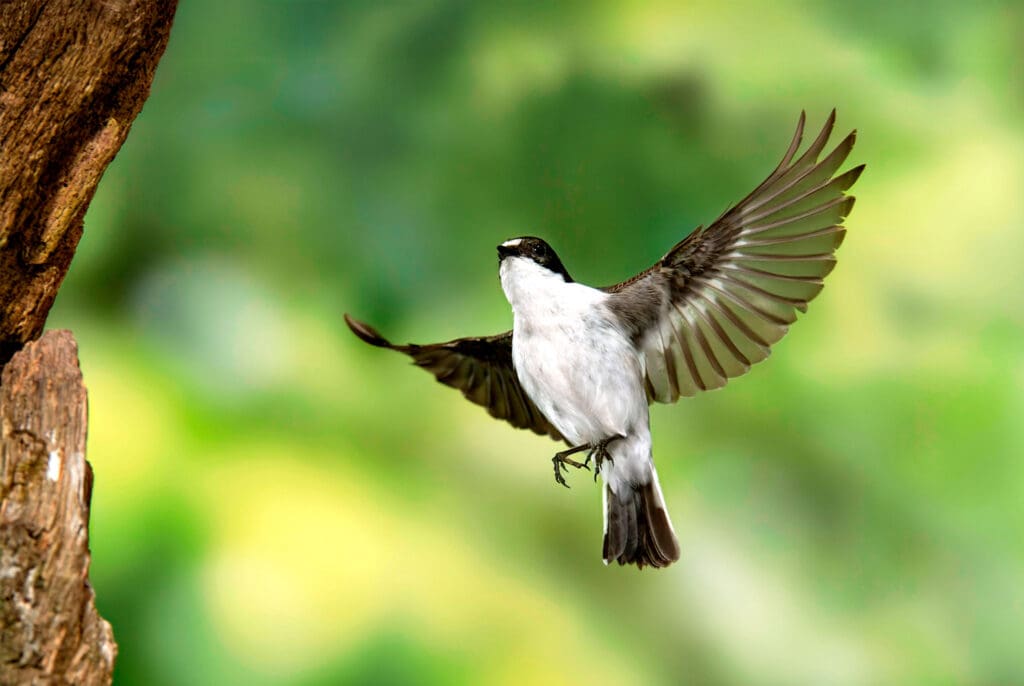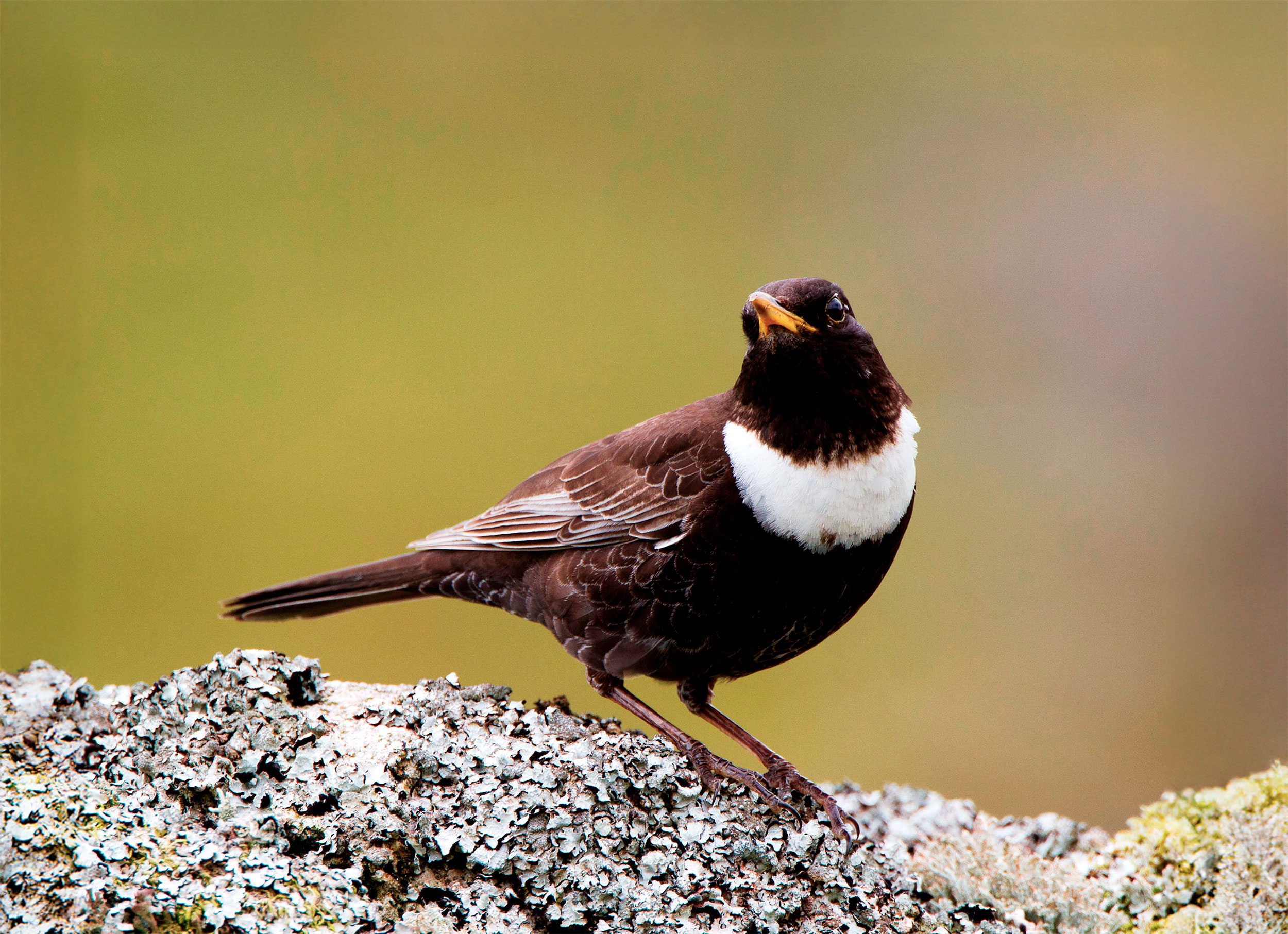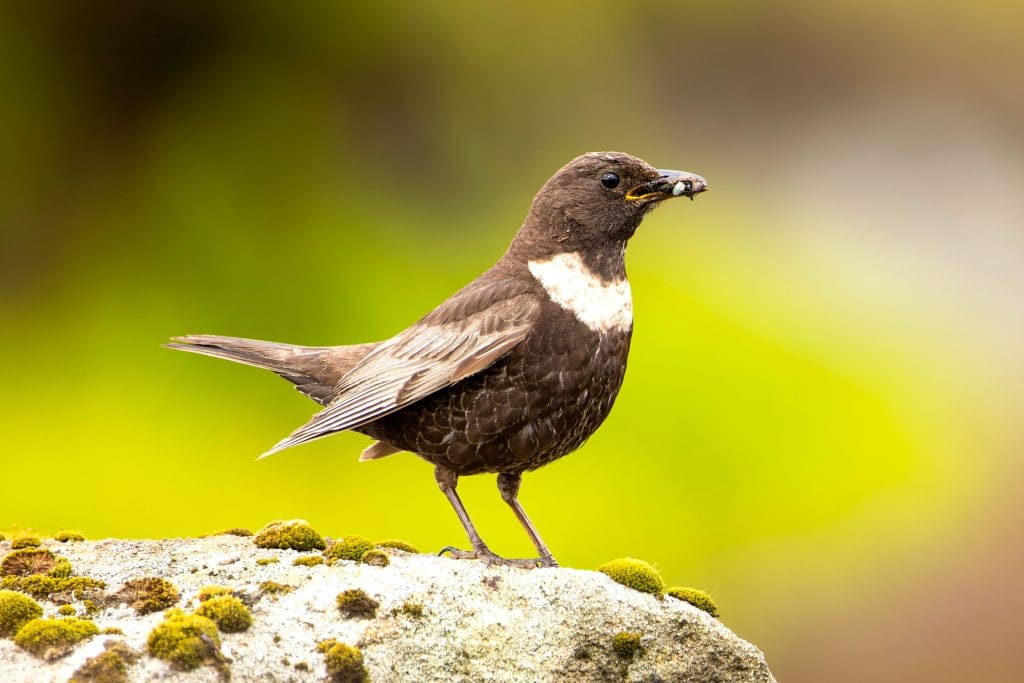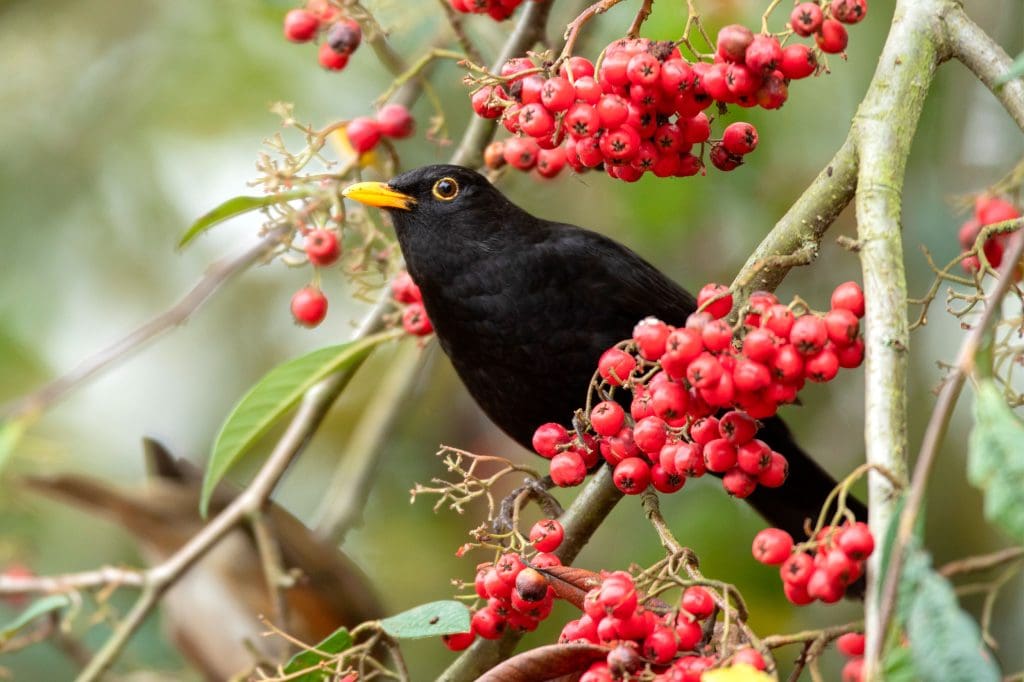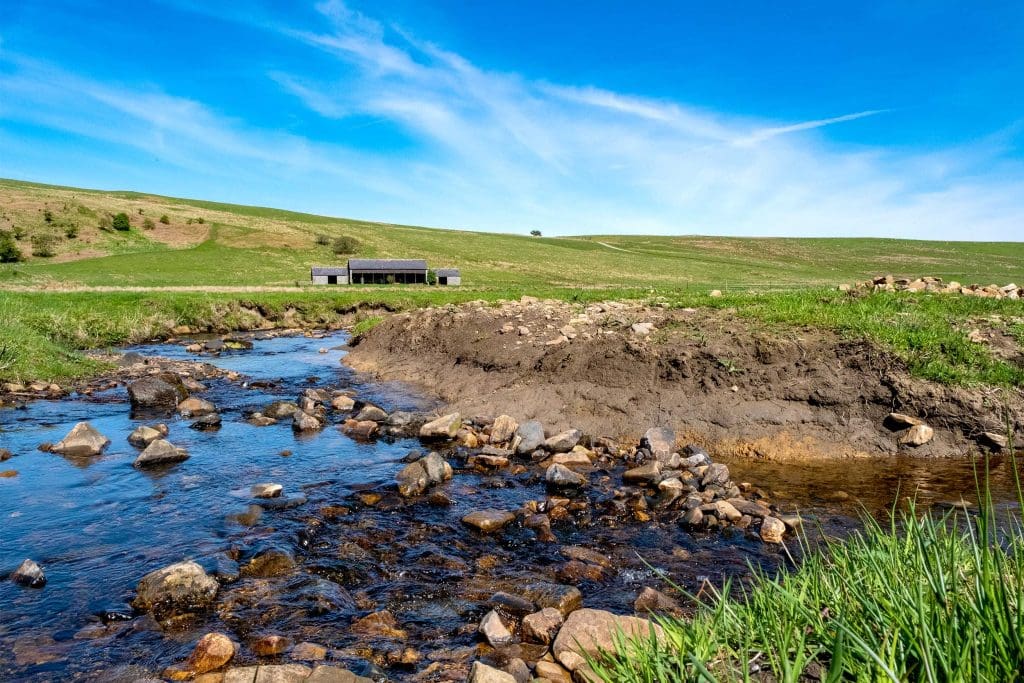The light crescent on this Ring Ouzel’s breast distinguishes it from the similar, but slightly larger, Blackbird. In autumn, this moorland thrush will be on the move. Ring Ouzels that bred or fledged here, or further afield, pass through the UK on their journeys south, then spend the colder months in southern Spain or North Africa. The Ring Ouzel’s population decline in the UK may be caused by loss of good-quality habitat and climate change affecting availability of food sources. The RSPB has worked on Ring Ouzel research at RSPB Dove Stone and Geltsdale, as well as Glen Clunie in Aberdeenshire, to discover the best ways to manage land to benefit these birds.
Listen to the call of the Ring Ouzel
Audio: Christoph Bock (xeno-canto)
You might also like
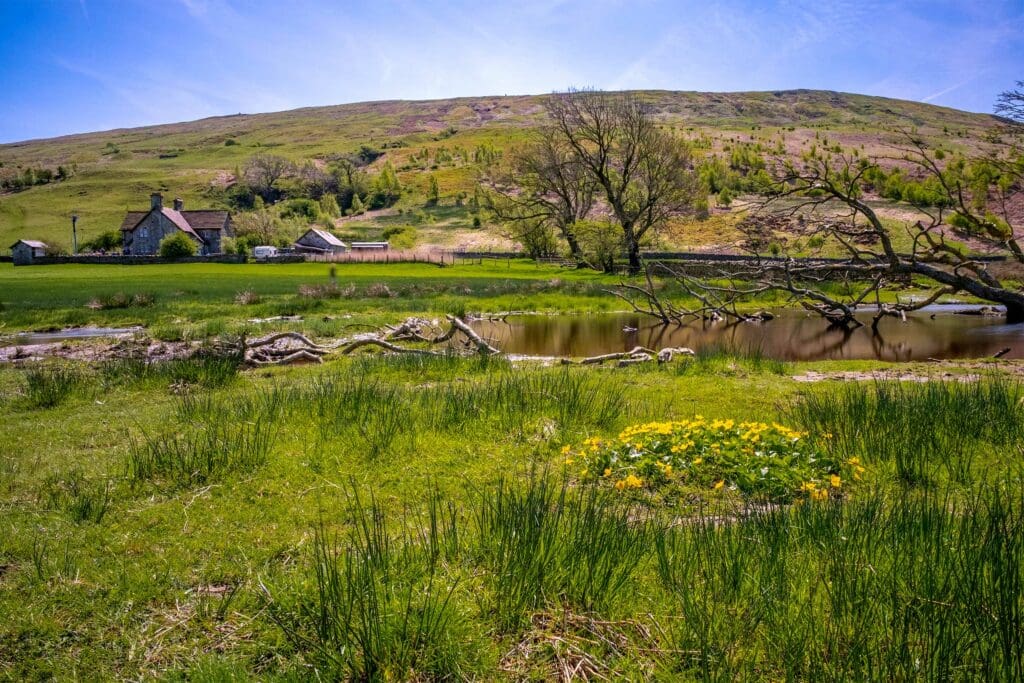
Growing Geltsdale
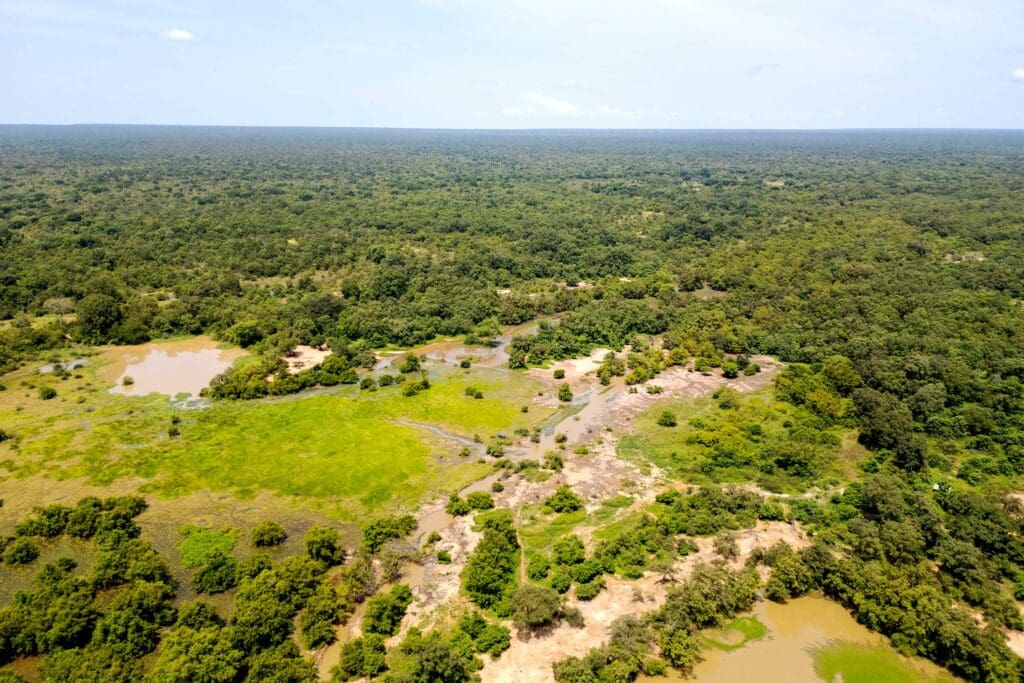
Migration superhighway success
